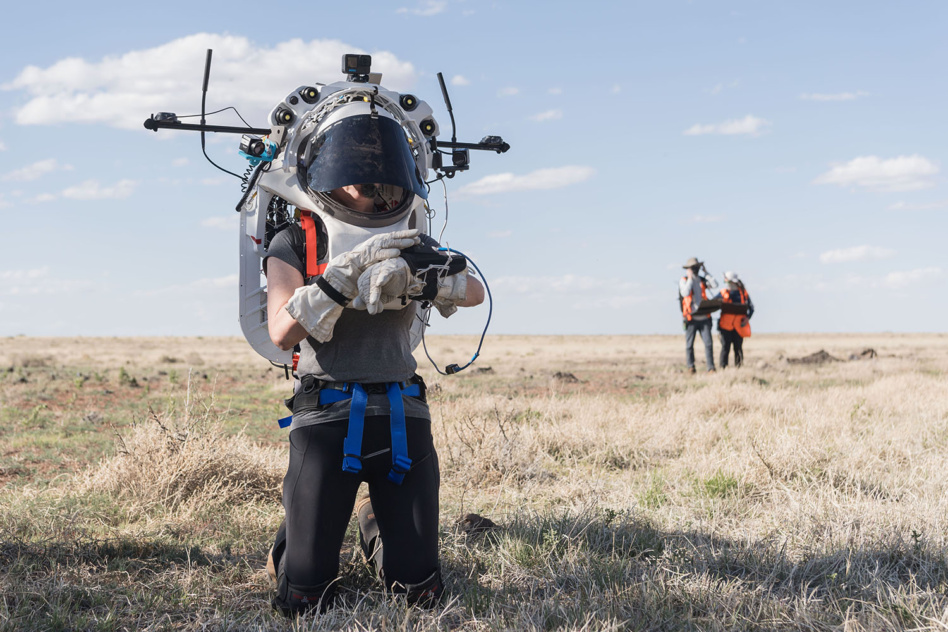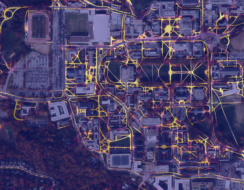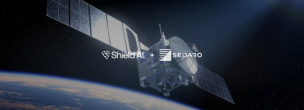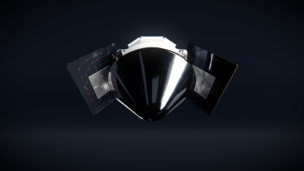NASA is continuing its tradition of not gatekeeping success by unveiling a major update to its public software catalog, which has been behind many commercial advancements since its launch more than a decade ago.
More than 1,200 codes are available for download in the catalog, which sees nearly 6,000 downloads a year. Categories include autonomous systems, design and integration tools, data and image processing, and propulsion systems.
Who are the users? “Every commercial space company is employing software of ours…[and] most government agencies are also using it,” Dan Lockney, NASA’s program executive of tech transfer, told Payload.
One prominent example: The codes from the catalog have been used in automated flight-termination software. If a rocket veers off course after launch, it’s standard practice to destroy it in the air to protect people and infrastructure below—all thanks to software shared by NASA, Lockney said.
Spin-off: The catalog has helped advance more than just the space industry. Some examples include:
- One of the software programs, NASA Structural Analysis (NASTRAN) , which is playing a critical role in most modern 3D design software. NASTRAN has also been used to create roller coasters, guitars, and Cadillacs, Lockney said.
- A scheduling software, originally designed for the Hubble Space Telescope, which is being used by the University of Florida and the University of Alaska to track whale sharks and polar bears, respectively.
- A software, developed for scrubbing out background noises from inputs, which is being adapted to identify a human heartbeat through 20 feet of rubble to help disaster responders.
Sharing is caring: The federal government pours billions of dollars into research and development. When companies have access to sophisticated NASA algorithms, they can gain a head start in bringing their ideas to life—and spend their time and resources solving other hard problems.




